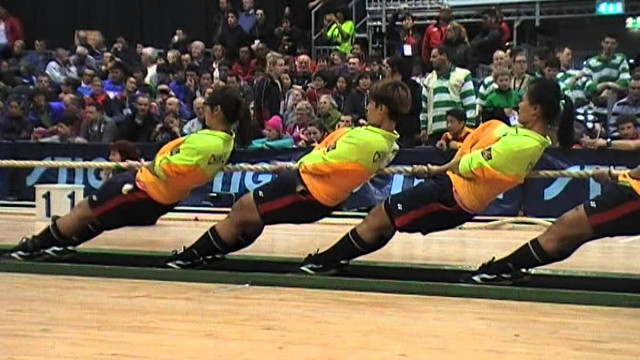- Mar 10, 2009
- 2,973
- 5
- 11,485
Re: Re:
As a coach, the practical implication of a study like that is to reaffirm there are a multitude of far more important things to be concerned with for performance improvement than the shape of one's chainrings.backdoor said:CoachFergie said:Noel, it doesn’t work. What you think you see isn’t backed up by credible data. It’s not as effective as mashing and certainly not as efficient. I have tested this and he numbers show you are wrong. Less power and less efficient. Jacques chose his parents better than the rest at the time. Many people pedal the same as he does and their results were no where near as good.
What you tested was half of the circular style which uses weakest and strongest muscles'.
You did not answer my question, did this study have any practical implications for you ?
http://www.tradewindsports.net/wp-content/uploads/2016/07/Leong-14-UNPUBLISHED-PhD-Oval-vs-round-sub-max-and-max.pdf







